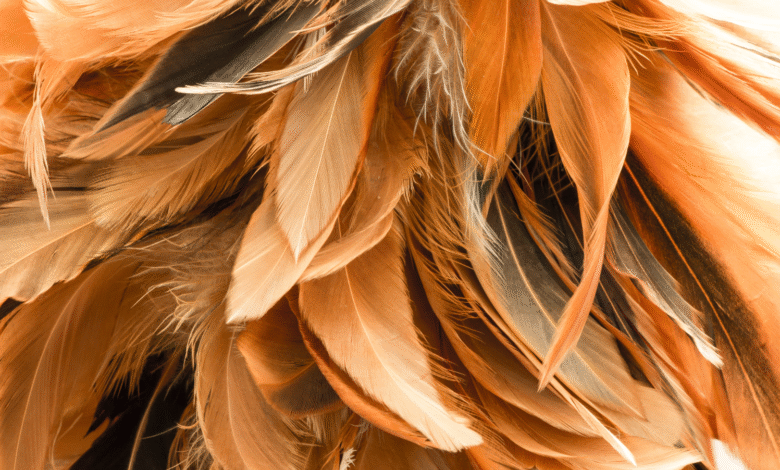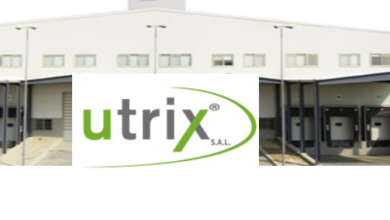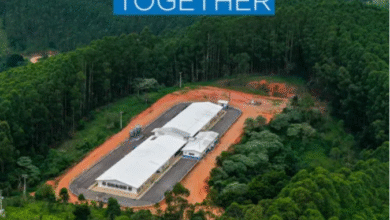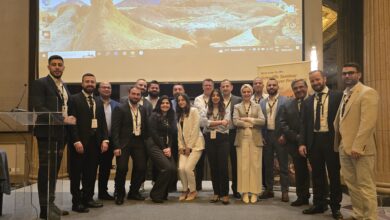
In a remarkable leap toward circular sustainability, researchers at ETH Zurich and Nanyang Technological University Singapore (NTU) have discovered a way to transform chicken feathers — one of the poultry industry’s most abundant waste products — into a clean, affordable source of energy.
Each year, the global food industry produces around 40 million tonnes of chicken feathers, most of which are incinerated. This process releases vast amounts of CO₂ and harmful gases such as sulphur dioxide, contributing to environmental pollution.
The joint ETH–NTU team has developed an innovative, eco-friendly method to extract keratin — the main protein in feathers — and convert it into amyloid fibrils, ultra-fine fibres used to create sustainable membranes for fuel cells.
Cleaner Fuel Cells for a Greener Future
Fuel cells generate electricity using hydrogen and oxygen, producing only water and heat as by-products. They are widely regarded as a promising clean energy solution for the future.
At the core of every fuel cell lies a semipermeable membrane, which allows protons to pass through while blocking electrons. Conventional membranes are made using toxic, non-biodegradable “forever chemicals” that are costly and environmentally damaging.
By contrast, the new ETH–NTU membrane, made primarily from biological keratin, is not only sustainable and biodegradable but also up to three times cheaper to produce.
“Our latest development closes a cycle,” explains Professor Raffaele Mezzenga, Head of the Food and Soft Materials Lab at ETH Zurich. “We’re taking a waste material that normally releases CO₂ and toxic gases when burned and using it to replace harmful substances — cutting emissions and reducing the overall carbon footprint.”
Beyond Fuel Cells: Hydrogen and Water Splitting
The researchers believe the keratin membrane could also advance hydrogen production. Since hydrogen rarely exists in its pure form on Earth, it must be extracted — a process that typically requires significant energy and chemical additives.
The new membrane facilitates electrolysis, the process of splitting water into hydrogen and oxygen using electricity. Because it allows efficient proton transfer, the membrane enables this reaction even in pure water, reducing the need for added acids and improving energy efficiency.
Next Steps: From Lab to Market
The ETH and NTU teams have filed a joint patent for the keratin-based membrane and are now seeking industry partners and investors to help bring this promising innovation to commercial scale.
If successful, this research could transform industrial poultry waste into a powerful tool for clean energy generation, closing the loop between food production and sustainable technology.














